Design thinking for Bucharest business district areas. Experimental workshop - outside view @Kaleidoscope
Guest authors: Irina Paraschivoiu (Urban INC), Anamaria Vrabie (Urban INC), Silje Klepsvik (Kaleidoscope Nordic), Miia-Liina Tommila (Kaleidoscope Nordic).
This is the second of two posts based on an experimental workshop developed by Urban INC and Kaleidoscope (first post here, more details at the bottom).
Outside view @Kaleidoscope: the place
What can be done without lengthy municipal processes, and who should initiate change? What is the identity of the Pipera and Dimitrie Pompeiu districts, and how can the identified problems be turned into opportunities? These are some of the questions we wanted to highlight in the workshop held at Urban INC.
It was evident from the interviews that social arenas, green elements and more outdoor activities would be highly valued. The opportunity to sit on a bench in the sun, have a place to meet a friend away from the shopping centre, or have a place to go for a walk in pleasant surroundings, or just being safe on the pedestrian sidewalk would give increased well-being and higher input throughout their working day. Understanding these people’s daily needs and obstacles is the key element in any further development of the area.
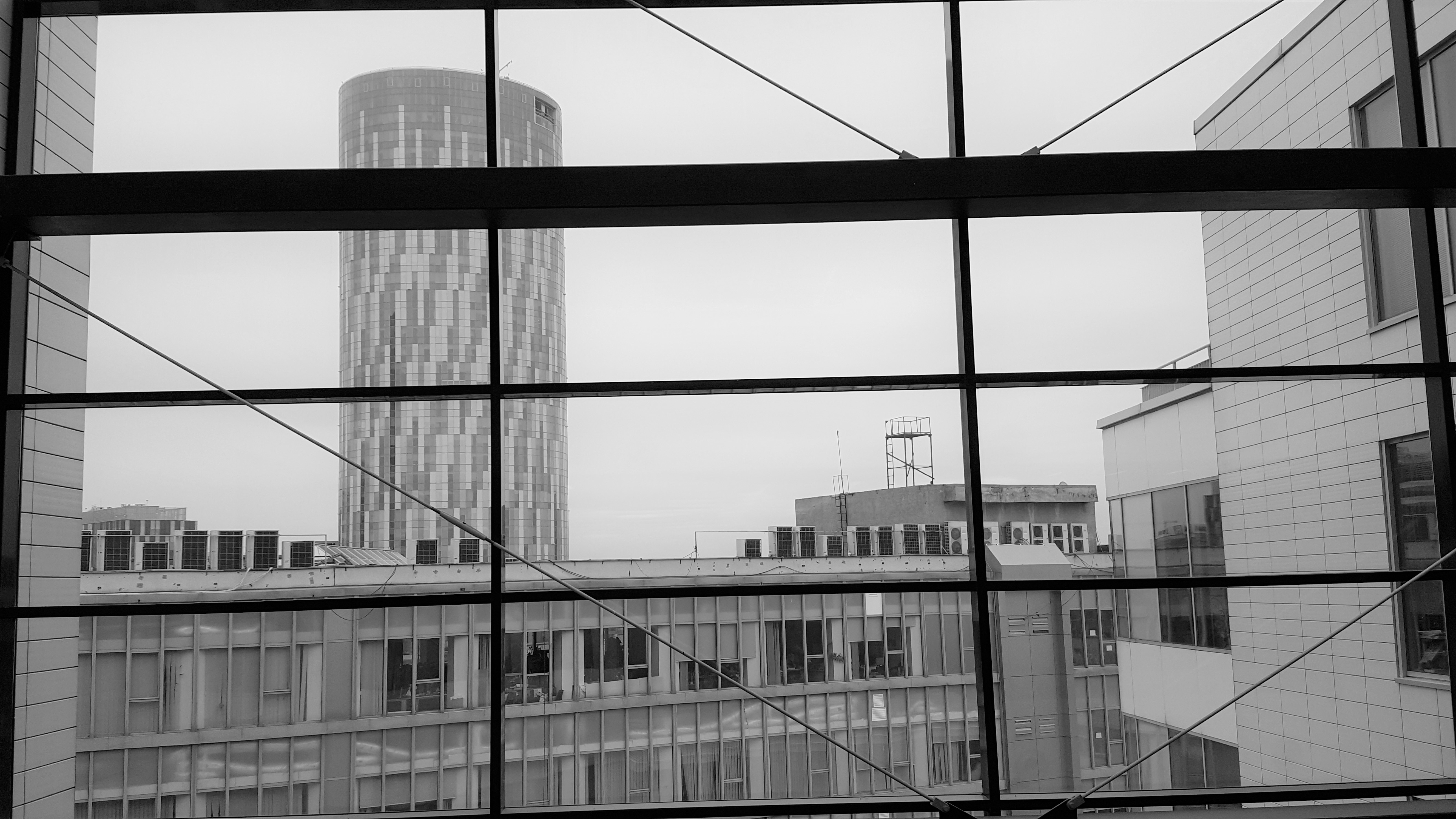
The interviews confirmed the many challenges the area is confronted with, but also revealed possibilities and that people’s perception of the area is not solely negative. Many enjoy the modern architecture and the aesthetic of the lighted buildings, some do take their bike to work even though the bike lanes are few and incoherent, and although mostly located in the shopping centre, there are many eateries to choose from. But most importantly, there is an abundance of highly competent and resourceful people working in the area! This is the real asset.
Walking through the area we also discovered several urban qualities, some more hidden than others. There is a diverse mix of modern glass buildings, former industrial buildings and wasteland. The new clean surfaces next to the old and ruff makes an intriguing combination, and some leftover green spots have a great potential. Being accessible from the center by subway, tram and bus pose a major advantage, and with small improvements and a change in mindset the area could turn problems into possibilities.
Bicycle paths and pedestrian networks have an enormous potential to provide the area with increased coverage and improve the safety, health and well-being of those who work there. In addition, public spaces for social interaction could give the area a real boost, by integrating work life with social life and offer more than just being a workplace.
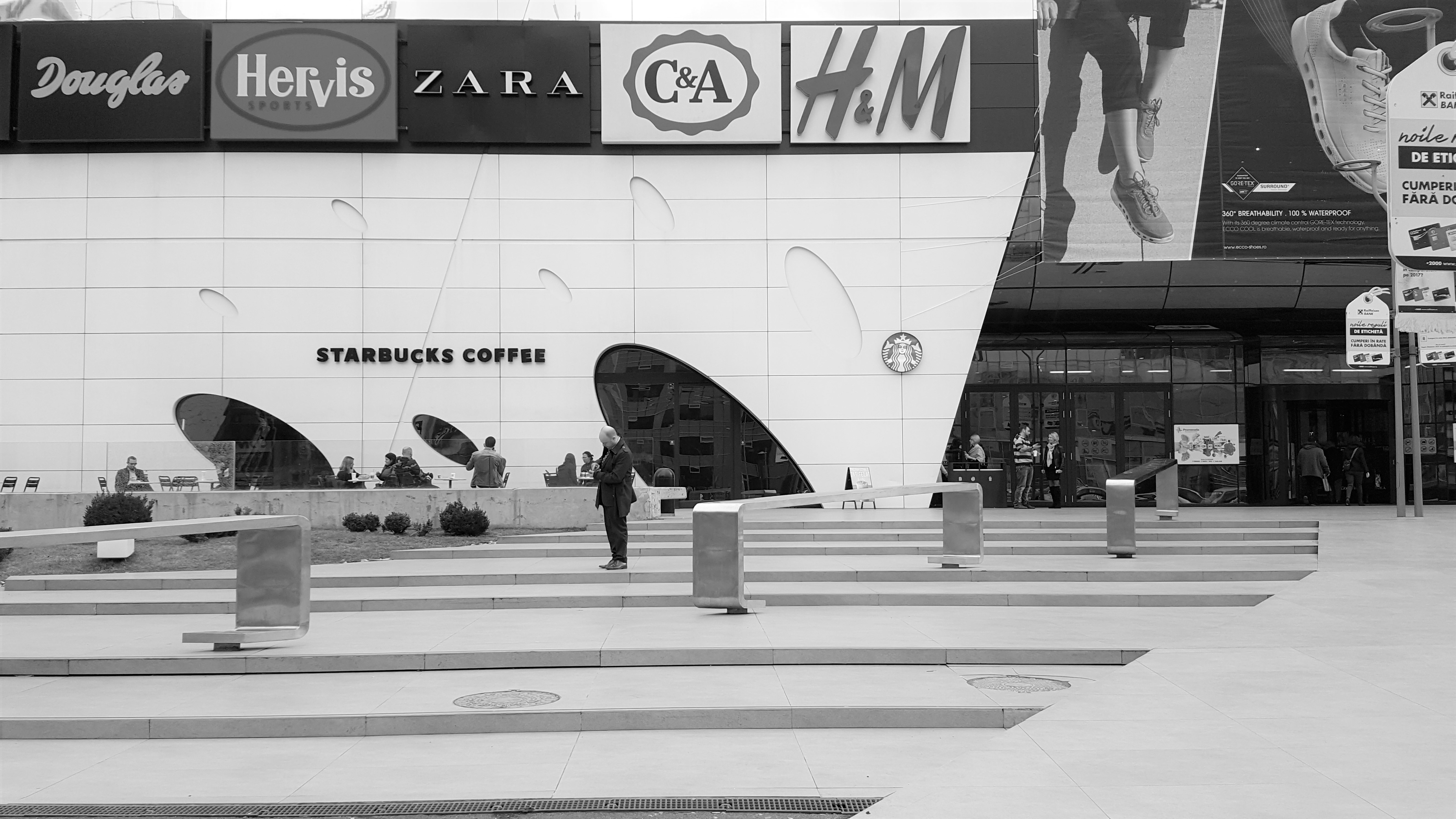
This leads us to the question if public space could be the driving force for community building and a more cohesive development of the Pipera and Dimitrie Pompeiu districts. Public spaces tend to act as an activator, and trigger local initiative and innovation. In public venues entrepreneurs see the opportunity to start something. This attract users and consumers, making the location more valuable, and when social commitment starts occurring, it brings a myriad of positive synergies.
Roadmaps to business district heaven
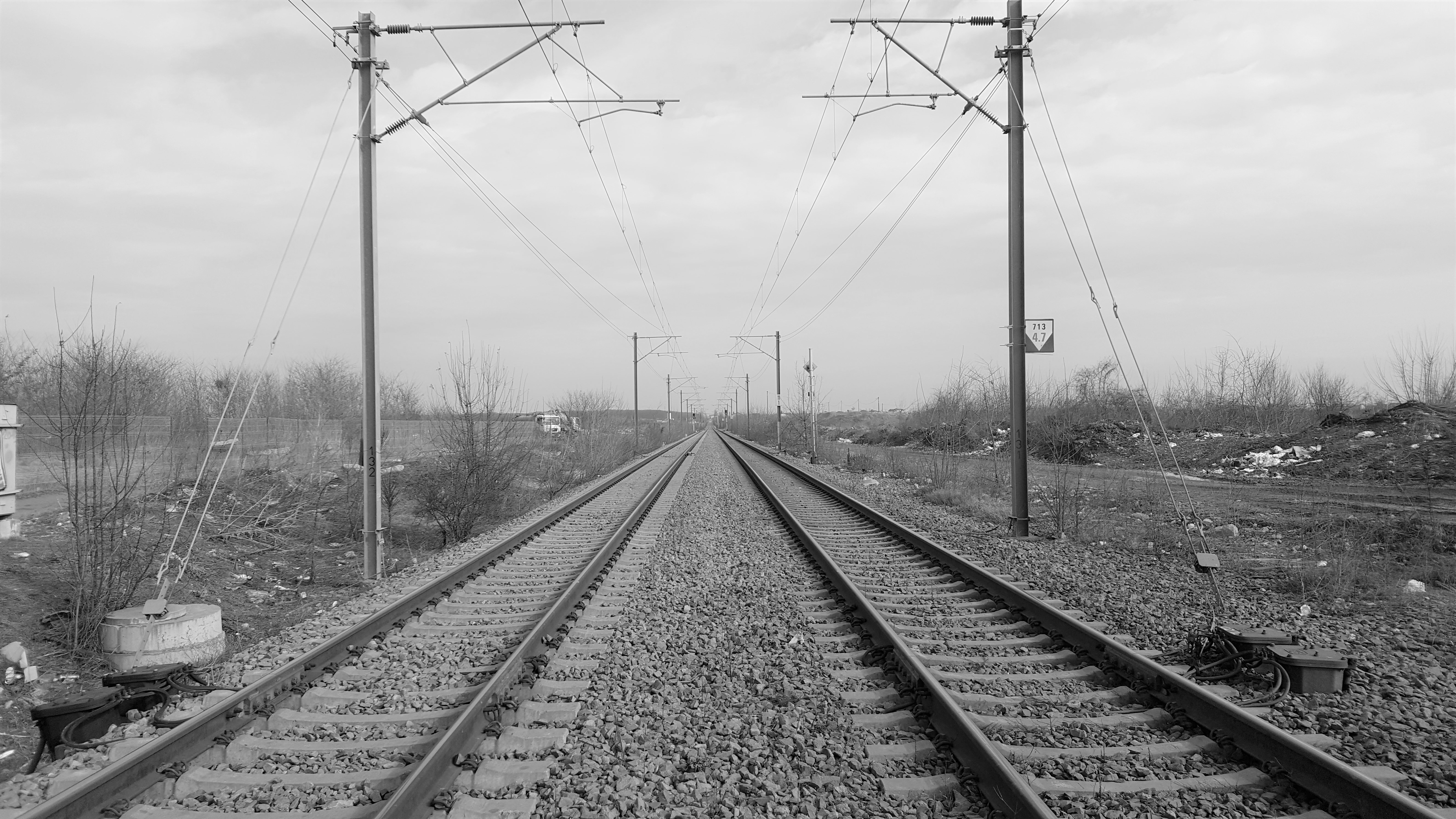
The emerging business areas in the North of Bucharest have been growing fast and the local authorities have not proven the capacity to support this trend by putting in place adequate access to utilities or through master planning and long term envisioning. The administrative complexity of the city of Bucharest and its metropolitan area have also had detrimental effects in taking advantage of the private sector’s locational decisions and their benefits for the city. We have seen in our interviews and field research that governance boundaries translate into physical boundaries which come at great cost for the companies and employees who are key drivers for the city’s economic growth.
However, we found there is potential to surpass existing challenges, if there is a clear understanding of the existing problems and opportunities, as well as an imagination of alternative scenarios. We found that design thinking methods can be a powerful tool to accelerate understanding and mapping of local problems and can provide a fast track to solution design.
As a combined result of the different approaches and scenarios thought out in the workshop, Kaleidoscope worked out a series of collages illustrating one possible chain of incremental change. This scenario is linked to the power of renewal which is embedded in fixing the missing links in the area. What if the short term action was only to remove obstacles and fences along the way, and paint a bicycle lane network connecting Pipera and Dimitrie Pompeiu district internally? Even in a guerrilla manner, in order to raise awareness around the conditions of public space? Could a stunt have the power to change people’s mindset and their behaviour? This immediate action could potentially function as a kick-starter for a long term vision where a welcoming public space with focus on the pedestrians and soft mobility rises as a new typology.
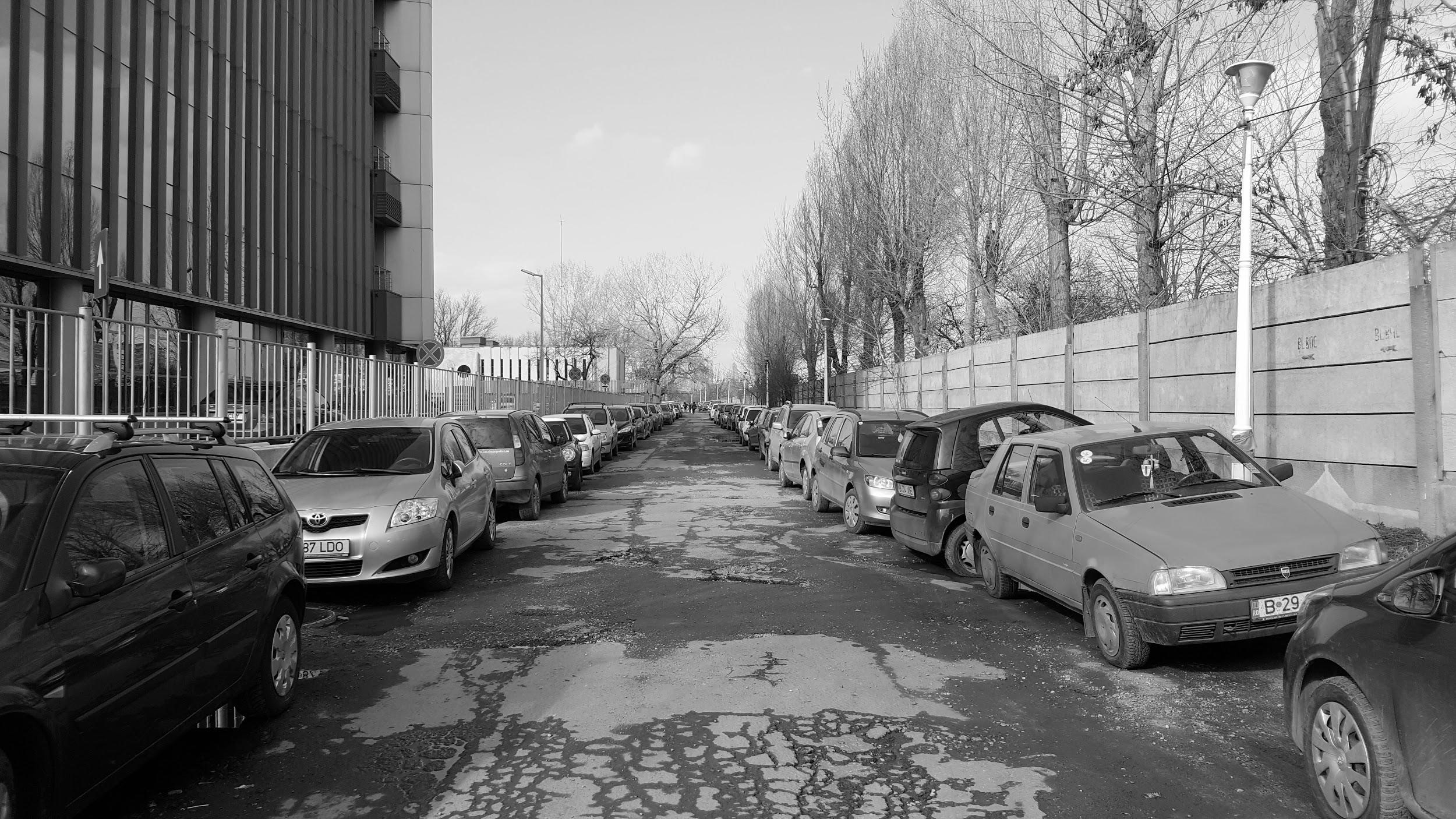
Pipera currently
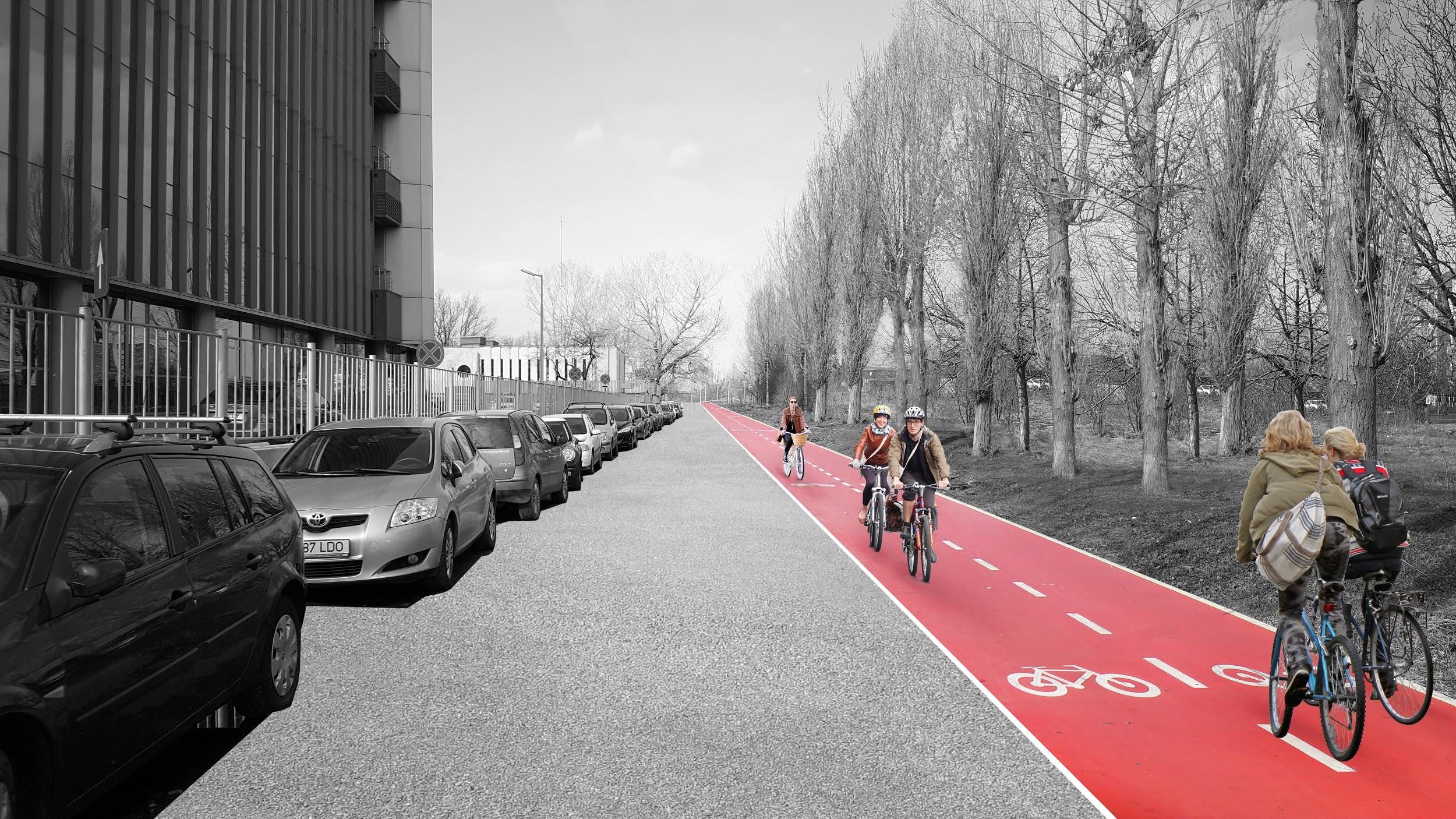
Pipera short term change. Copyright: Kaleidoscope Nordic
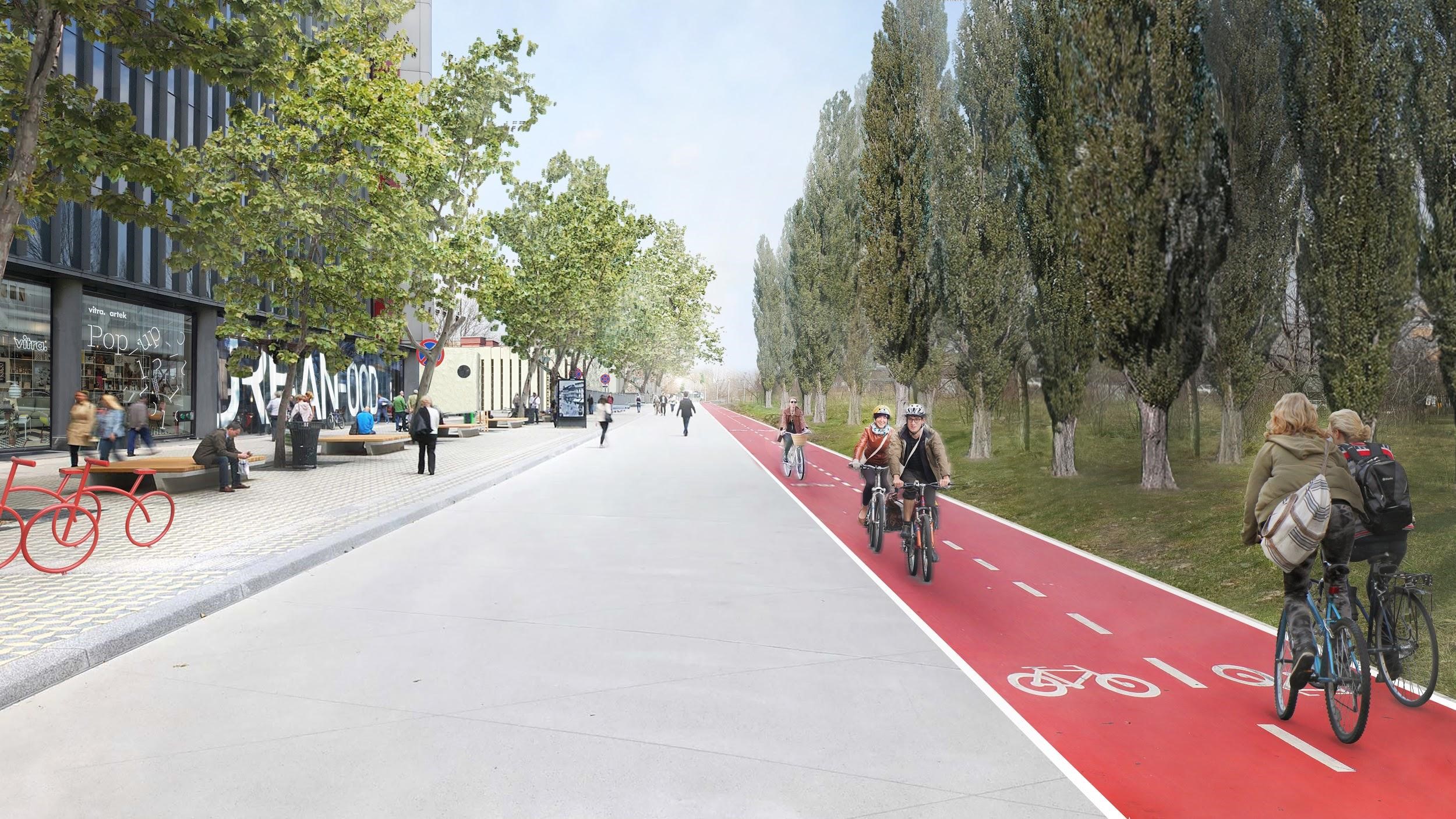
Pipera long term vision. Copyright: Kaleidoscope Nordic
The workshop was designed as a part of the project Urban Insights: Building partnership for user-centred design, financed through the NGO Fund in Romania via EEA Grants 2009-2014 and managed by the Foundation for Civil Society Development. The content of this material does not necessarily reflect the official position of the EEA Grants 2009-2014.
Photos: Kaleidoscope Nordic
Urban INC is a platform space for experiments, learning and scaling of new solutions for cities. Urban INC works towards formulating meaningful insights on urban dynamics in Romania, bringing together stakeholders and citizens to experiment, learn and scale new solutions.
Kaleidoscope is a Norwegian-Finnish architecture office creating architecture with a local presence and a Nordic resonance, working in a variety of scales and approaches to urban issues. Kaleidoscope is also a member office of the Finnish urbanist expert network Uusi Kaupunki collective, specialising in participatory urban planning processes.
When you subscribe to the blog, we will send you an e-mail when there are new updates on the site so you wouldn't miss them.


Comments 2
[…] is the first of two posts (here is the second) based on an experimental workshop developed by Urban INC and Kaleidoscope (more details […]
[…] Urban INC focused on the design process and related opportunities. It was accompanied by an ‘outside’ view by Norwegian-Finnish architecture firm Kaleidoscope that focused on ‘place’, and design […]